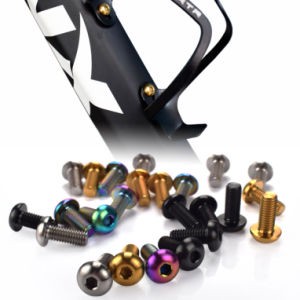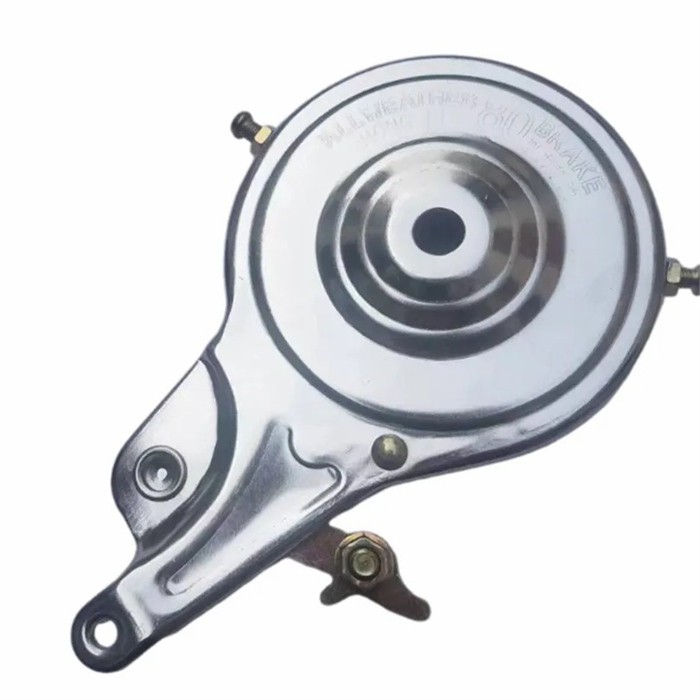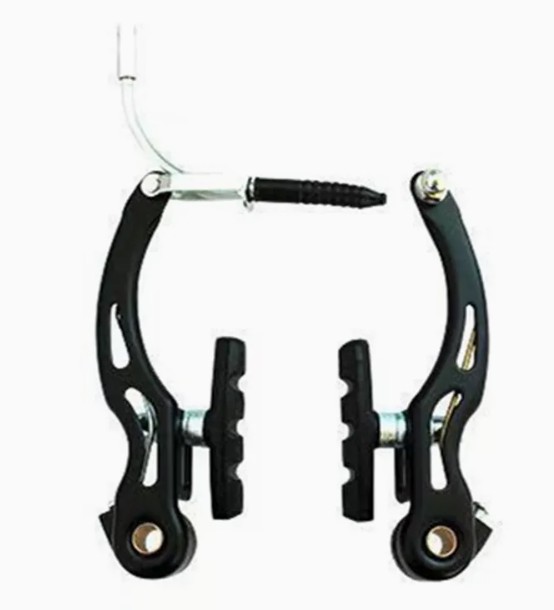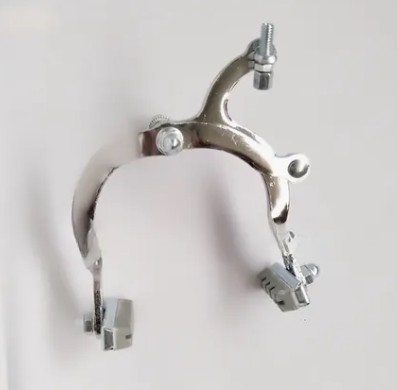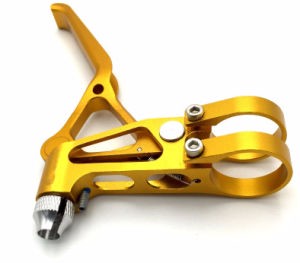Welcome!
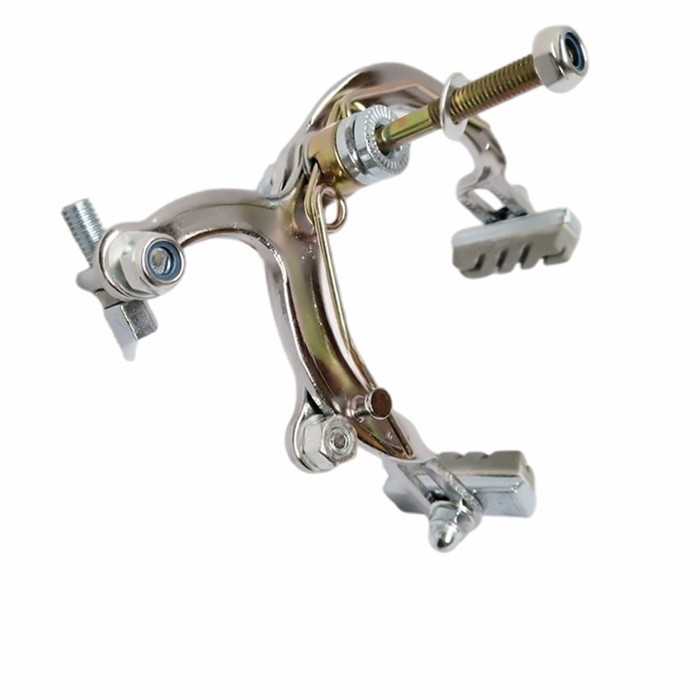

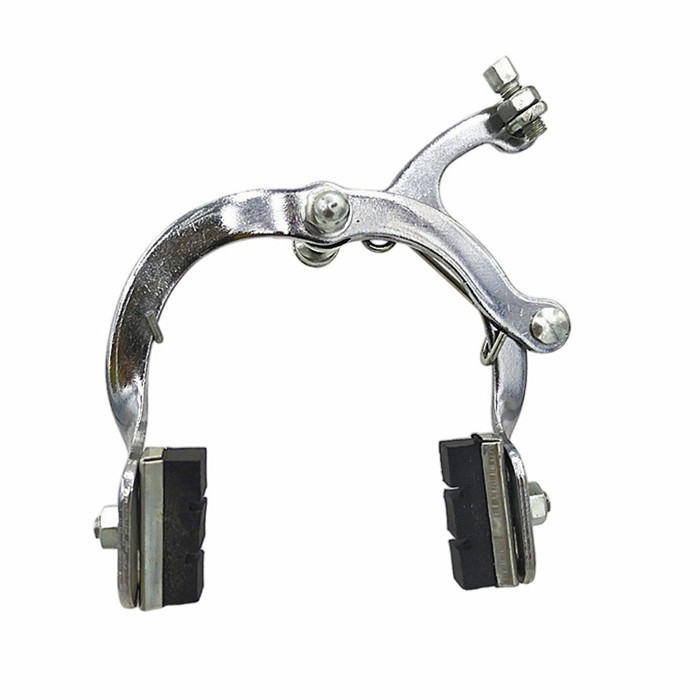
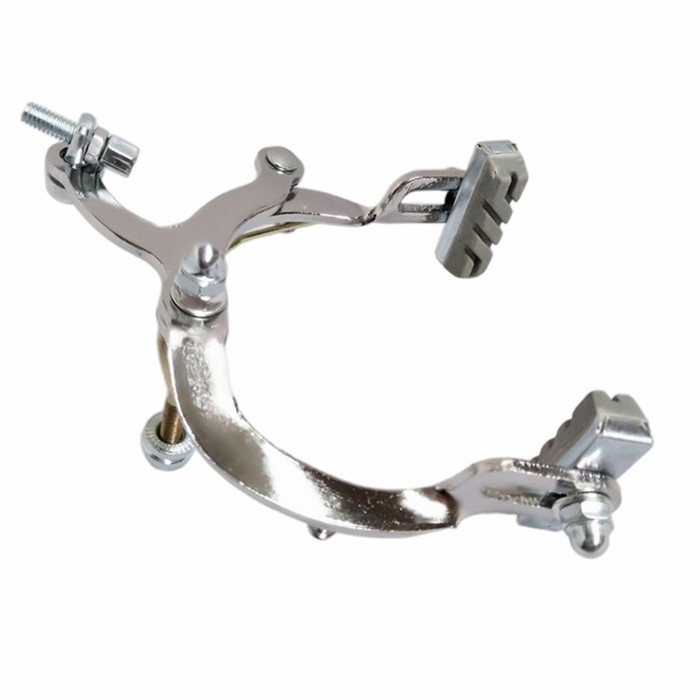
A Basic Guide to Choosing Bicycle Brakes
Basic Info
| Certification | CE, ISO9001 | Condition | New | Customized | Non-Customized |
|---|---|---|---|---|---|
| Material | Steel | Name | Caliper Brake | Origin | China |
| Package | 50 Pairs/CTN | Transport Package | Carton | Working Way | Hanging Brake |
Product Description
When it comes to cycling, one of the most crucial components of your bike is the brake system. Whether you’re a seasoned cyclist or a casual rider, having a reliable and responsive braking system is essential for safety, control, and performance. Bicycle brakes, often underestimated, play a pivotal role in how your bike performs especially when navigating challenging terrains or stopping quickly in unexpected situations. In this comprehensive guide, we will explore the key features, benefits, and applications of bicycle brakes, offering insight into why they are indispensable to every rider.
Understanding Bicycle Brakes: Types and Functions
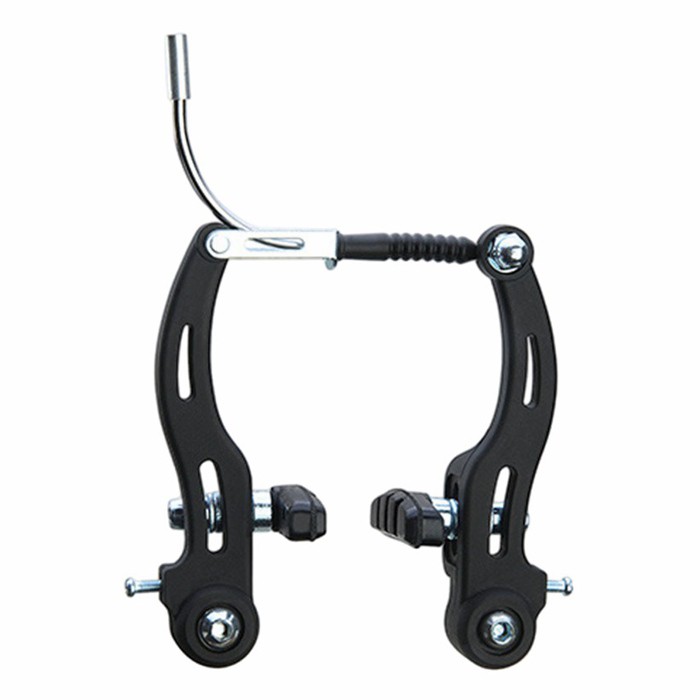
Bicycle brakes are designed to slow down or stop a bike by applying friction to the wheel rims or discs. Depending on the bike's design and intended use, there are various types of brakes, each serving specific needs. The most common types include rim brakes, disc brakes, and drum brakes.
Rim Brakes: These are the most traditional and widely used type of bicycle brakes. Rim brakes function by squeezing rubber brake pads against the rim of the wheel, creating friction to slow the bike down. They are typically found on road bikes, mountain bikes, and hybrid bikes due to their lightweight design and cost-effectiveness.
Disc Brakes: A more modern innovation, disc brakes are found on higher-end mountain bikes and are also becoming increasingly popular on road bikes. Disc brakes use a rotor attached to the wheel hub and calipers that apply force to the rotor to generate stopping power. They are more effective in wet or muddy conditions and offer superior control and consistency, especially on rough terrains.
Drum Brakes: These are a less common option often found on certain cruiser or city bikes. Drum brakes work by using a rotating drum in the wheel hub that is pressed against brake shoes. While they are durable and low-maintenance, they are typically heavier and less powerful compared to rim and disc brakes.
Key Features and Benefits of Bicycle Brakes

Bicycle brakes are not just about stopping your bike; they are an integral part of the bike’s overall performance. Here are some key features and benefits to consider when choosing the right braking system for your bike:
Safety: Above all, brakes ensure your safety by providing reliable stopping power. Whether you're speeding down a hill or approaching an intersection, having brakes that respond promptly and efficiently is essential to avoiding accidents and maintaining control.
Control and Precision: Good brakes allow for fine control over your bike's speed, making it easier to navigate through different environments. Disc brakes in particular offer superior control, allowing you to stop more precisely even on steep or slippery surfaces.
Durability and Reliability: Quality bicycle brakes are designed to withstand extensive use. Disc brakes, for example, are known for their durability and consistent performance in various weather conditions. Rim brakes while effective may lose performance in wet or muddy conditions, which is why riders in such environments might opt for disc brakes.
Maintenance: Rim brakes are generally easier and cheaper to maintain, while disc brakes require more maintenance and expertise. However, disc brakes offer better long-term performance especially for avid cyclists or those who ride in challenging conditions.
Applications and Use Cases for Bicycle Brakes
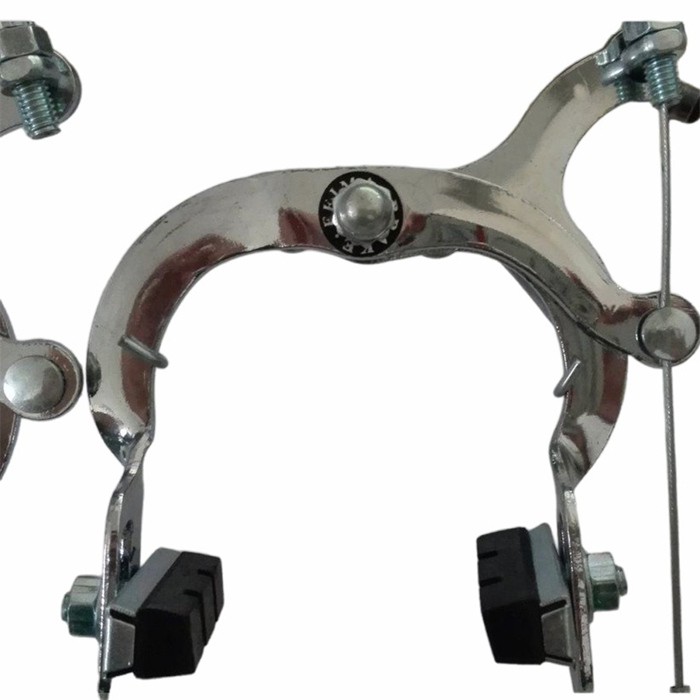
Bicycle brakes are essential for all types of cycling activities. From urban commuting to professional mountain biking, each bike rider requires a braking system suited to their needs.
Commuting: For daily city riders, rim brakes are often sufficient due to their simplicity and efficiency. However, disc brakes are becoming more common in urban bikes, as they provide better stopping power and require less maintenance in rainy or muddy conditions.
Mountain Biking: Disc brakes are the preferred choice for mountain bikers who frequently ride on uneven, steep, or technical trails. The braking power and reliability provided by disc brakes are indispensable when navigating obstacles, sharp turns, or descending steep hills.
Road Cycling: Road cyclists typically rely on rim brakes due to their lightweight design and efficiency. However, high-performance road bikes are increasingly being equipped with disc brakes for better stopping power especially in wet conditions or when riding at high speeds.
Leisure and Casual Riding: For those who enjoy a more relaxed and leisurely ride on flat terrain, rim brakes often provide adequate stopping power. These brakes offer easy maintenance and lower initial costs, making them a popular choice for casual cyclists.


Recommended Products
Recently Viewed
 Enhance Your Ride's Safety and Performance with Premium Bicycle Brakes
Enhance Your Ride's Safety and Performance with Premium Bicycle Brakes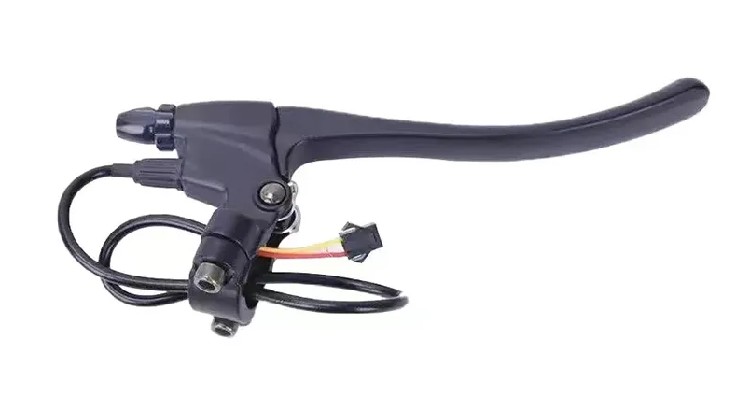 The Ultimate Guide to Bicycle Brakes: Ensuring Safety and Performance on Every Ride
The Ultimate Guide to Bicycle Brakes: Ensuring Safety and Performance on Every Ride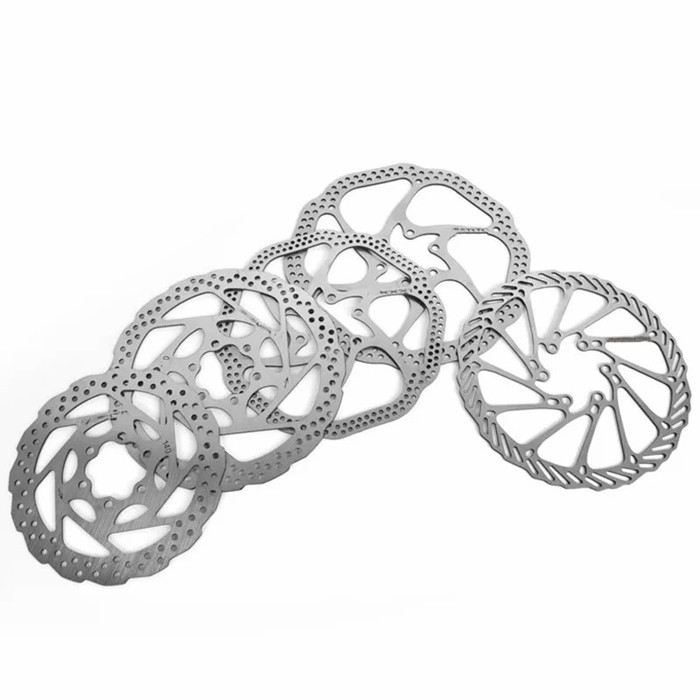 Bicycle Disc Brakes: The Ultimate Guide to Unmatched Stopping Power
Bicycle Disc Brakes: The Ultimate Guide to Unmatched Stopping Power Your Guide to Bicycle Brakes: Safety, Performance, and Choosing the Right System
Your Guide to Bicycle Brakes: Safety, Performance, and Choosing the Right System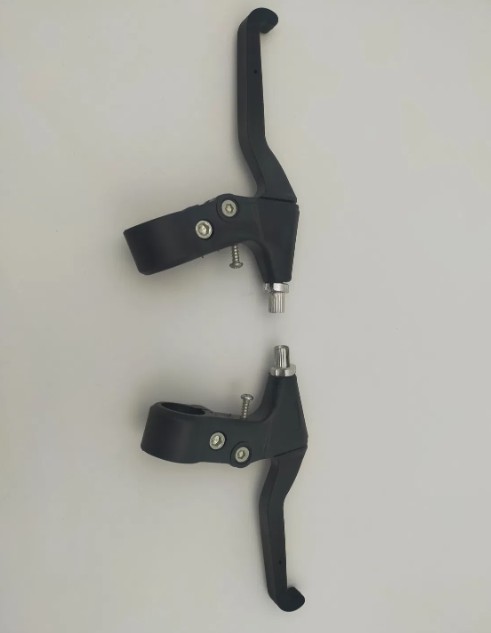 Mastering Control and Safety: A Comprehensive Guide to Bicycle Brakes
Mastering Control and Safety: A Comprehensive Guide to Bicycle Brakes
Contact Us
FOCAN ELECTRONIC FACTORY




